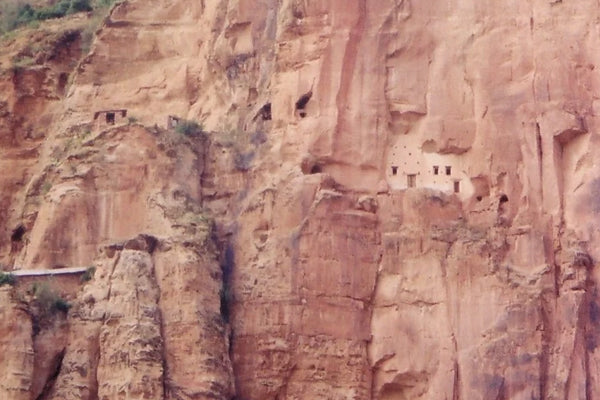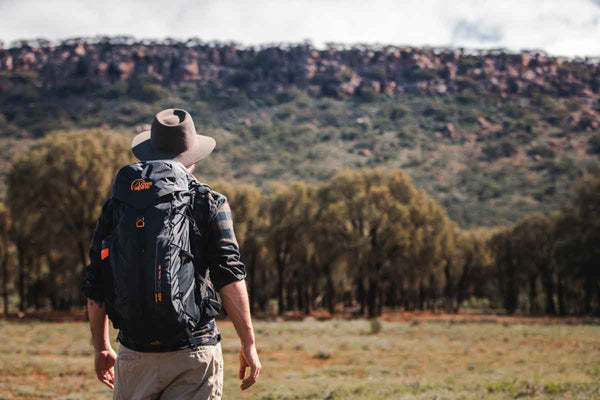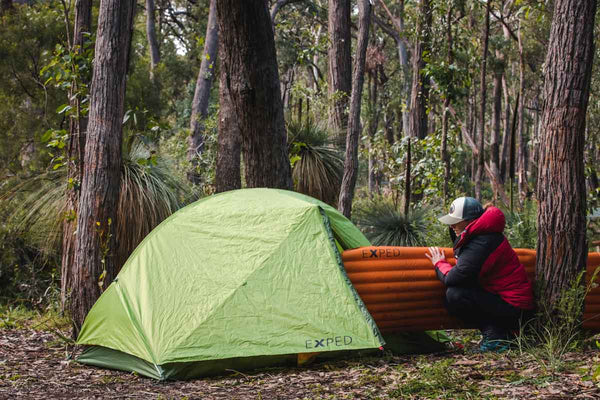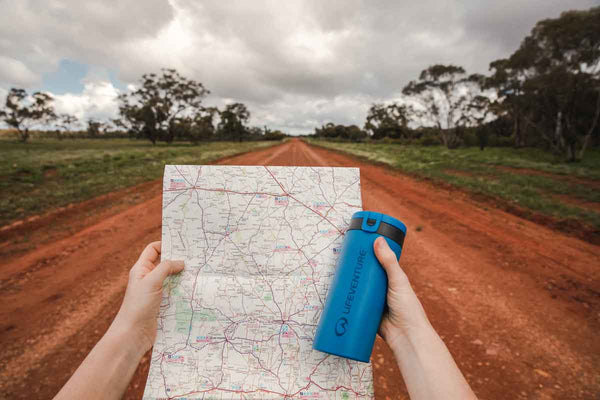
Tigrayan Rock
You’ve never heard mass in a church like this before. It’s halfway up a vertical 300m cliff, and carved out of the solid rock. Just getting there on a Sunday morning would involve a tricky grade III face climb, and once at your devotions you would have to pay close attention to avoid pitching headlong off a vertiginous ledge and communing more directly with your maker than you had intended to. This is plainly no ordinary church, but to the austere Tigrayan monks it is their home, their workplace and their life.
Rock hewn churches abound throughout this region of the horn of Africa, concentrated in the highland regions of northern Ethiopia and southern Eritrea. Home to the second oldest Christian civilization in the world, Ethiopia adopted their national religion in the fourth century AD, following only Armenia as God’s flagship country. Unless you possess a helicopter, getting to the Tigray region involves an arduous multiday journey by 4WD on hazardous potholed gravel roads where a breakdown could mean days at the mercy of the unforgiving elements. However, the locals would be pleasantly surprised to see a faranji (foreigner) making the effort to attend their services, especially during the religious festivals of Timkat (Epiphany - 19th January) or Meskel (Finding of the True Cross - 27th September).
It isn’t far from here that the worst of the famines of the last 30 years have occurred, although these humanitarian disasters were vastly exacerbated by governmental corruption and civil war. Things have improved in recent times, and there is now little need of the extensive foreign aid which has characterized Ethiopia’s image of late; there is plenty of food for all if only distribution could be more efficiently organized. Unfortunately, decades of charity have fostered a nation accustomed to handouts, and the resultant grasping atmosphere can make visitors a little uncomfortable.
Lacking a vehicle, I’ve walked 7km from the main road out of Abi Addi. From a distance I am scanning the cliffs for any sign of an opening, and I get remarkably close before I spy the small square anomalies in the red walls which slowly develop into windows. As I getcloser I am able to pick out more details: a wooden door; a set of steps; a corrugated tin roof nestled on a narrow ledge. When I arrive at the base of the crag, trailed by a small boy who ran headlong at me on sight from a nearby field, the living space is deserted and my mini helper has to fetch the priest from his duties elsewhere. He comes dressed in a simple white shamma (robe) and a black skullcap. He carries a prayer stick, or maquamia, and his brown, wrinkled countenance radiates wisdom and patience.
In my limited Amharic I haggle for the privilege of viewing his house of worship. The recommended price is 20 Birr (about $2.50), but the cheeky prelate is asking 100. Negotiations concluded, he leads me silently up a rock cut staircase to an antechamber hollowed out of the soft sandstone cliff, and thence up a steep pitch to a gate on a ledge, the key to which a simple boy keeps around his neck. Once through, we gain further height internally and arrive at the entrance to the church proper. The tradition of rock hewn churches began back in the 12th century, at the time of the Zagwe dynasty, and culminated in the striking monuments of Lalibela - perfectly sculpted, full sized, free standing churches carved from the bedrock of an area 150km to the south.
Considering this vast chamber has also been scratched from solid stone, probably using some sort of bovine bone tool, it is remarkably smooth and well structured. Eight cruciform pillars of impressive girth ‘support’ the ceiling 15m above, while three aisles define four bays and ten small vaults decorate the remainder of the cubic room. One corner is reserved for the ‘holy of holies’ - an inner sanctuary accessible only by the priests. It contains the holy texts and the tabot - a wooden replica of the Tablets of Law that gives each church its sanctity. According to legend, The Ark of the Covenant, in which were lain the tablets brought down from Mount Sinai by Moses, was brought from Jerusalem to Ethiopia in the 1st millennium BC and since lost. Many believe it still to be hidden here.
My elderly guide obligingly brings forth a heavy tome constructed of wooden boards covered with fine leather. The 15th century manuscript is beautifully written in exquisite Ge’ez calligraphy (a sort of Ethiopian Latin) and delicately illustrated with colourful biblical images. It is gorgeous, but sobering to think of the many more ancient examples which were destroyed by raiding Muslims 200 years ago, in their belief that the image of man or God should never be represented in art. The rich collection also yields battered medieval helmets and intricate metal latticework crosses.
The rough walls are decorated with ancient tapestries and flaky paintings of Ethiopian saints. Here is St. Tekla Haimanot, who stood on one leg for 7 years, until the other withered and fell off, while a bird brought him just one seed a year for sustenance. There is St. Gebre Manfus Kiddus, who saved a bird’s life by feeding it water from the corner of his eye! The patron saint of this church is St. John, lovingly rendered in numerous images, and St. George, Ethiopia’s national saint as well as England’s dragon slayer, is represented accordingly.
Threadbare carpets line the floors, and close inspection reveals that the rugs are hopping with fleas. Too bad I had to remove my shoes to enter this haven, as now they are feasting on my bony ankles. Otherwise, the floor is littered with miscellaneous debris: beds are stacked in one corner, sistrums (rattles) and kabaros (drums) for marking time during the long chants of religious festivals in another, and a collection of rudimentary farming equipment is piled against one wall. Basic wooden ploughs and hoes seem a strange choice of furniture for a house of God.
In place of the cliff face through which the church was excavated now stands a whitewashed brick wall. A thick wooden door opens onto a narrow ledge bathed in late afternoon sunlight. I step out onto the rocky platform and a spectacular mountainous panorama unfolds before me. The azure sky is cradled between the low peaks in the middle distance, the foreground a mix of crops (tef and maize), freshly turned soil and bushy scrubland. Miniature figures stoop and work the fields, and circular mud huts provide further evidence of human habitation.
The priest and the boy join me on the ledge, perhaps worried that I might take one step too many and crash flailing to the earth. In silence we appreciate the beauty of our surroundings. Ethiopia is a remarkable country, overflowing with little known wonders, yet scarred and dismissed through its turbulent modern history. Our prayers should be for the rehabilitation of this once proud, never conquered nation, and its rebirth as an internationally recognised archaeological and natural treasure trove.








